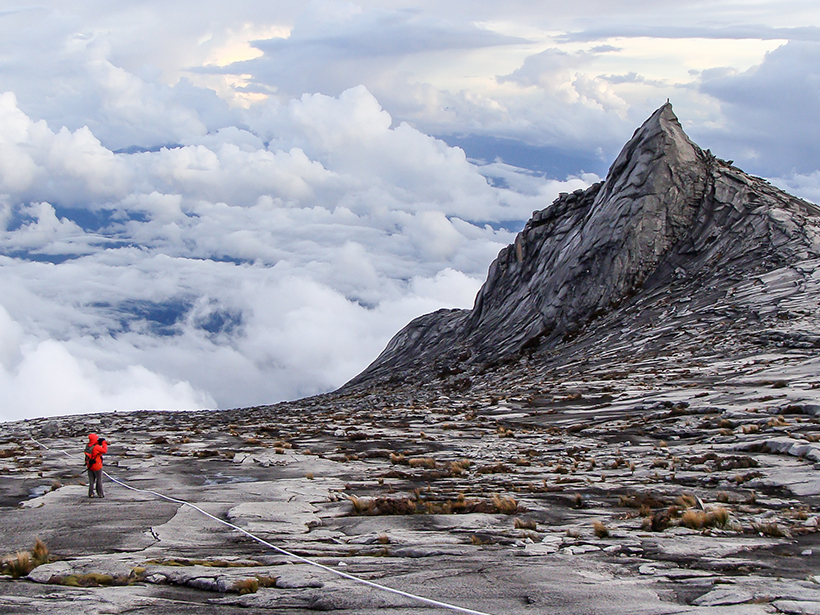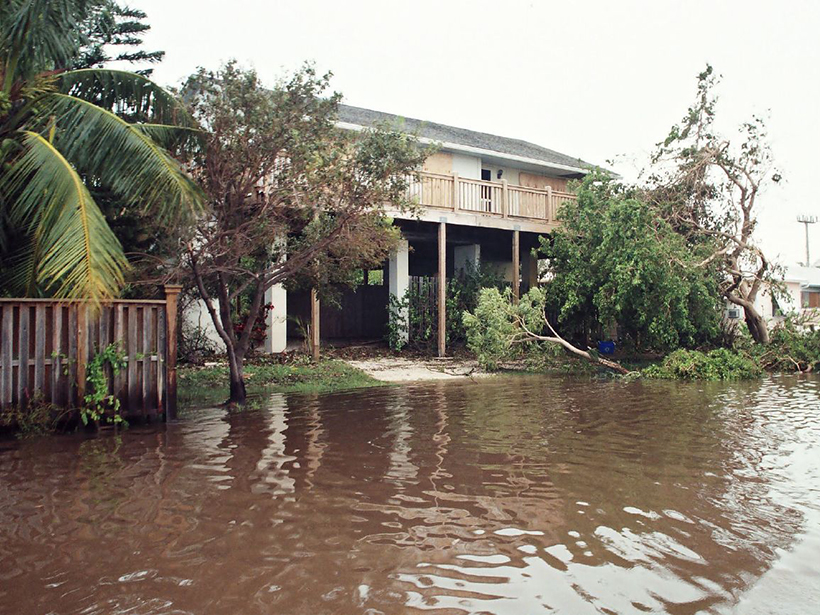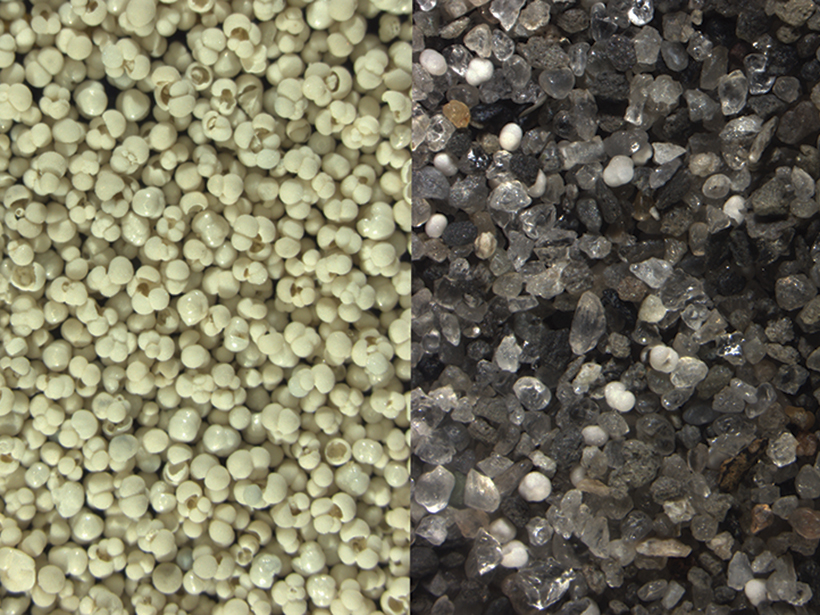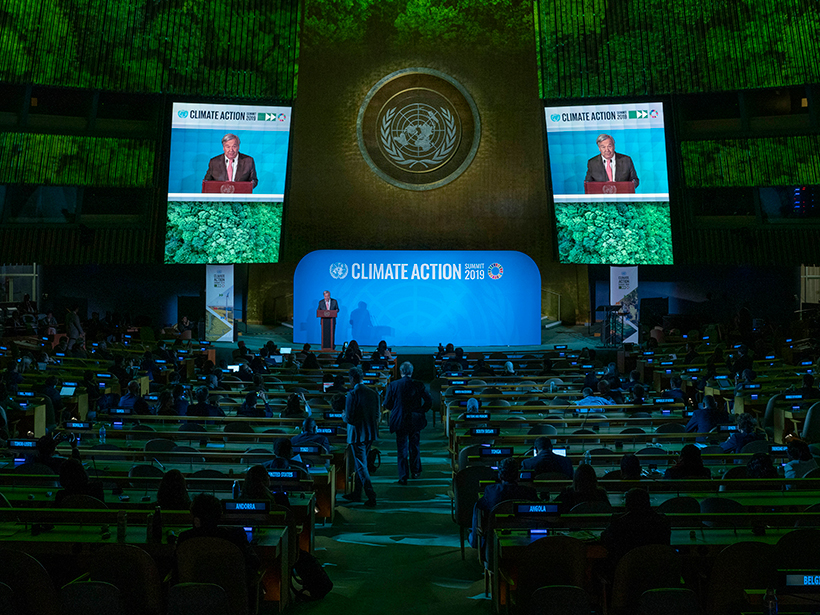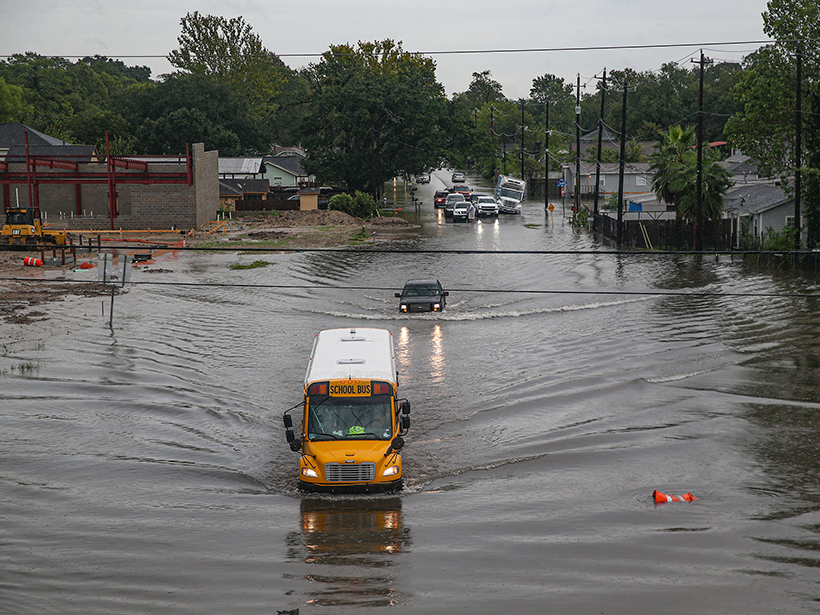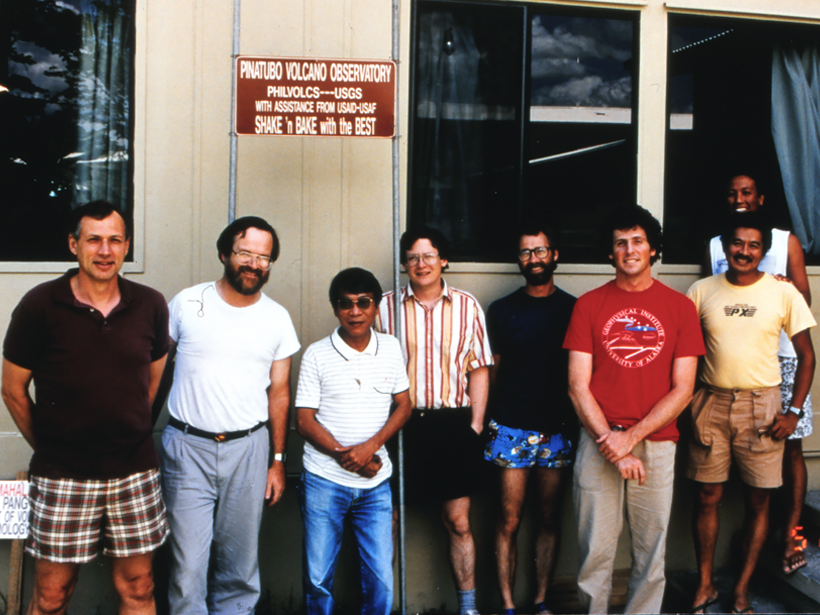Humanity’s carbon emissions are, by far, the largest disturbance to Earth’s steady state carbon cycle.
AGU 2019
This Is How the World Moves
In October, we celebrate AGU’s Centennial by looking under our feet, where the relatively new study of plate tectonics is evolving rapidly.
Climate Refugees, Thinned Forests, and Other Things We’re Reading
What Earth and space science stories are we recommending this week?
How Are Microplastics Transported to Polar Regions?
New modeling indicates that global subsurface ocean currents distribute submerged microplastics along very different routes than those traveled by floating plastic debris.
Grim Report on Climate Change Impacts on Oceans and Cryosphere
A new report by the Intergovernmental Panel on Climate Change states that bold actions can prevent significantly worse impacts.
Atlantic Circulation Consistently Tied to Carbon Dioxide
Past ocean surface conditions suggest that over the past 800,000 years, atmospheric carbon dioxide levels typically rose on millennial timescales when Atlantic overturning was weaker and vice versa.
Artificial Intelligence May Help Predict El Niño
Deep learning techniques give scientists the longest–lead time forecasts yet.
Climate Summit Delivers Some Measures But Doesn’t Go Far Enough
Scientists, politicians, and activists say the announced actions and initiative are positive but insufficient measures.
AGU Releases Report to Address Flooding in Communities
The Surging Waters report shows how science empowers us to mitigate the impacts on people and property in communities around the United States.
Podcast: Volcano Disaster Prepping
Third Pod from the Sun talks with volcanologist John Ewert, a founder of the U.S. Geological Survey’s Volcano Disaster Assistance Program.


